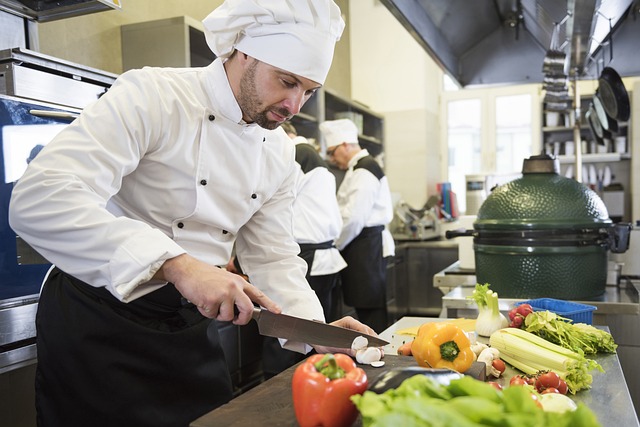Culinary Jobs: Roles, Skills, and Work Environments
Culinary jobs encompass a spectrum of roles in kitchens, restaurants, hotels, and catering services, each combining technical cooking skills with organization and food safety. This article outlines common responsibilities, practical techniques, and typical work settings to clarify what these roles involve. These descriptions are general and do not imply current job openings, salary ranges, or specific employment opportunities.

Knife skills and kitchen safety
Proficiency with a knife is foundational in culinary work. Consistent knife technique improves speed, uniformity, and safety when preparing vegetables, meat, and fish. Training typically covers grip, motion, and specific cuts such as julienne, dice, and chiffonade. Proper maintenance—regular sharpening and correct storage—reduces accidents and improves efficiency. Kitchen safety also includes workstation layout, non-slip footwear, correct use of equipment, and standard protocols for handling hot surfaces and sharp tools. Wearing an appropriate uniform supports safe movement and helps maintain hygiene.
Working with sushi and fish
Handling sushi and fish requires particular attention to freshness, temperature control, and cross-contamination prevention. For roles involving Japanese-style preparations, knowledge of rice seasoning, slicing techniques specific to sashimi, and presentation standards can be important for quality and consistency. Meal preparation with raw fish demands controlled cold-chain processes from supplier to plate and clear separation of raw and cooked stations in the kitchen. These practices are part of standard culinary training rather than indicators of available positions.
Grill techniques for meat and vegetables
Grilling involves managing heat, timing, and flavor development across a range of ingredients. Meat and vegetables react differently to direct heat: thicker cuts require lower, longer cooking or two-zone heat management, while thin cuts and most vegetables benefit from higher searing temperatures. Mastery includes understanding resting times to retain juices, preventing flare-ups, and seasoning that enhances natural flavors without overpowering the ingredient. Line cooks often rotate among stations such as grill, sauté, and prep, so foundational competence across methods supports consistent service and plate quality.
Chef roles in restaurant and hotel kitchens
Chef responsibilities encompass planning menus, supervising meal preparation, and coordinating kitchen workflows. In restaurant environments, emphasis often falls on timing for a la carte service and maintaining consistency across individual plates. Hotel kitchens may focus on larger-scale production for breakfast services, room service, and banquets, requiring systems for volume, storage, and scheduling. Leadership tasks include training staff, managing inventory, and ensuring adherence to established procedures. These role summaries describe typical functions; they are not job listings and do not indicate present hiring status.
Catering, events, and meal preparation
Catering and event-focused culinary work demands logistical planning in addition to culinary skill. Meal preparation for events involves menu selection compatible with transport and service conditions, batch cooking techniques, and on-site coordination to maintain temperature and presentation. Mobile or temporary kitchen setups must follow the same hygiene and safety protocols as fixed kitchens while adapting to space and equipment limitations. Coordination with venue staff and understanding local services and suppliers can influence planning and execution. This overview is intended to explain common responsibilities rather than advertise opportunities.
Hygiene, uniform, and dessert production
Hygiene practices and uniform standards are central to professional food operations. Standard uniform elements—chef coats, head coverings, and non-slip shoes—help limit contamination and support safe movement in busy kitchens. Routine sanitation of surfaces, allergen controls, proper handwashing, and temperature monitoring reduce food-safety risks for both daily service and events. Dessert production adds requirements for precision in timing, temperatures, and presentation; pastry work often requires different tools and temperature-sensitive ingredients. These guidelines reflect industry expectations and training topics, not available positions.
Conclusion
Culinary jobs demand a blend of technical technique, organization, and strict hygiene across settings such as restaurants, hotels, and catering for events. From knife skills and fish handling for sushi to grill techniques for meat and vegetables and precise dessert work, professionals develop varied competencies to deliver consistent meals. The information here describes typical roles and practices without indicating specific job availability or compensation details.





